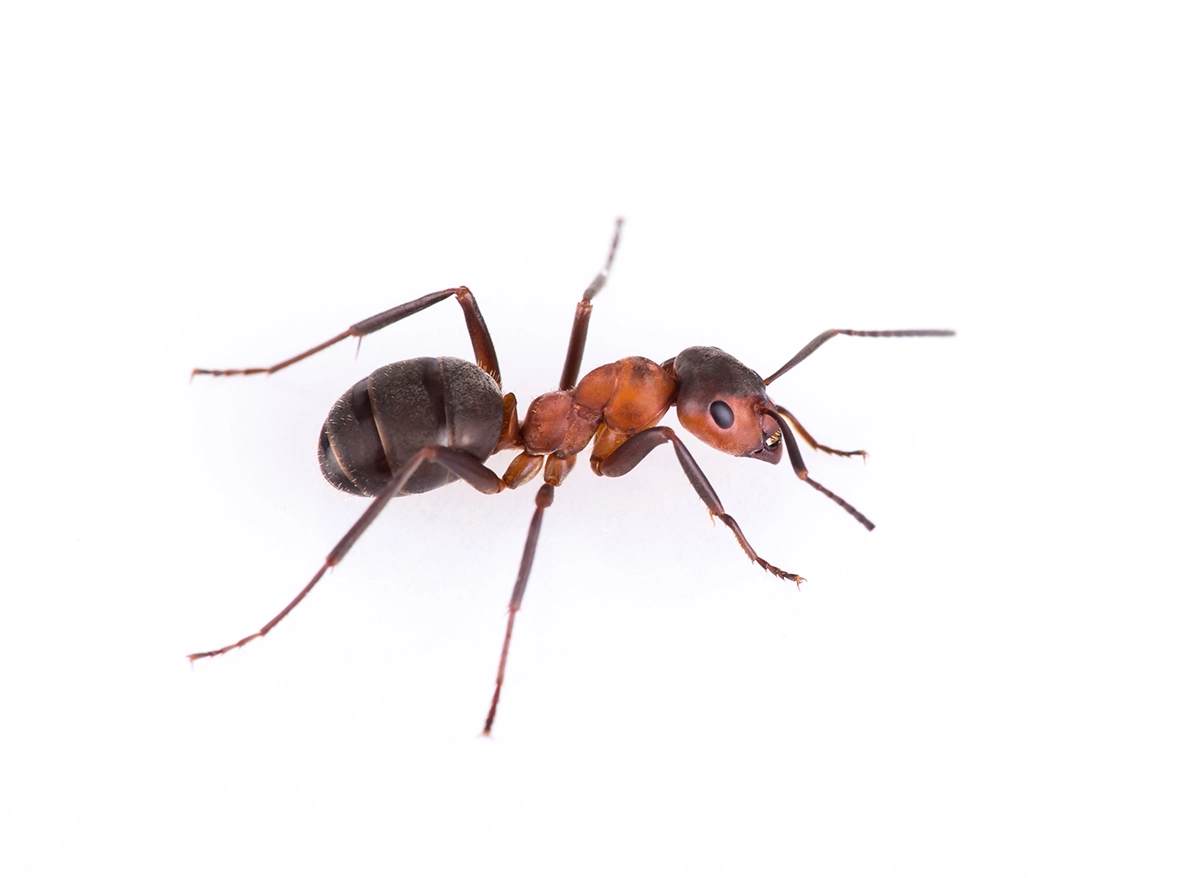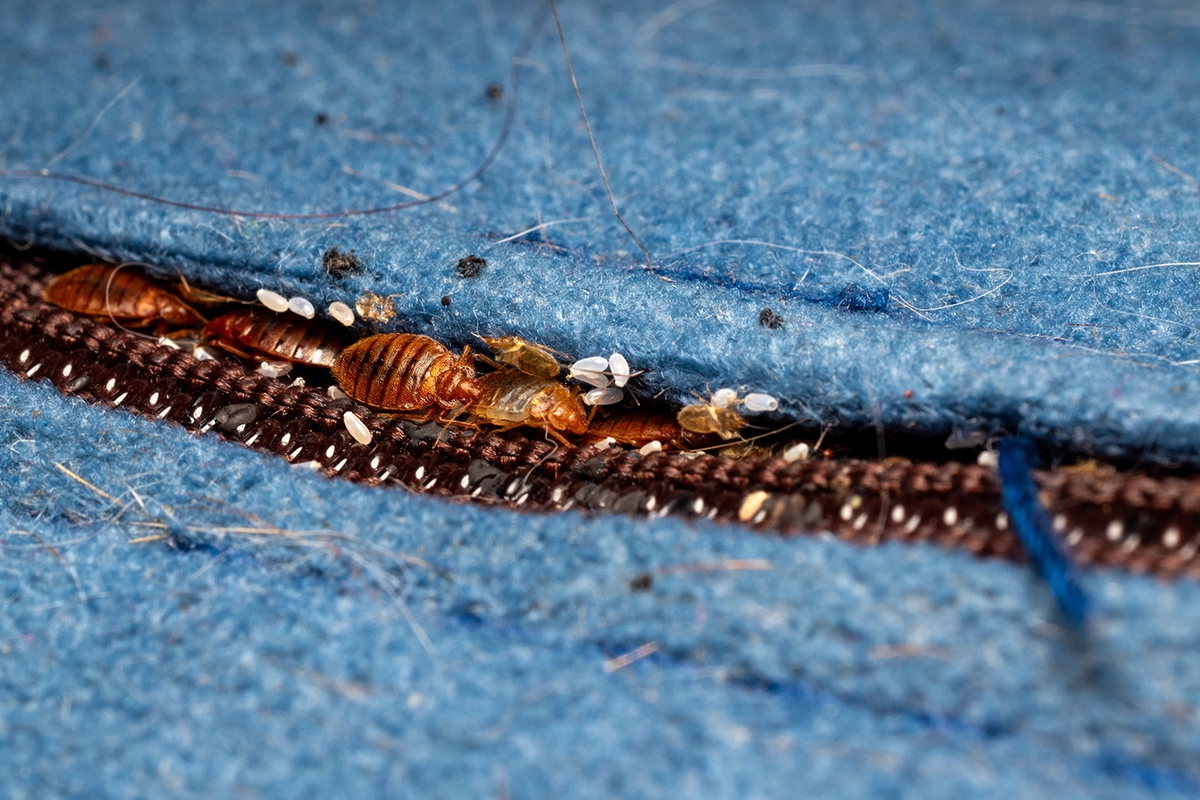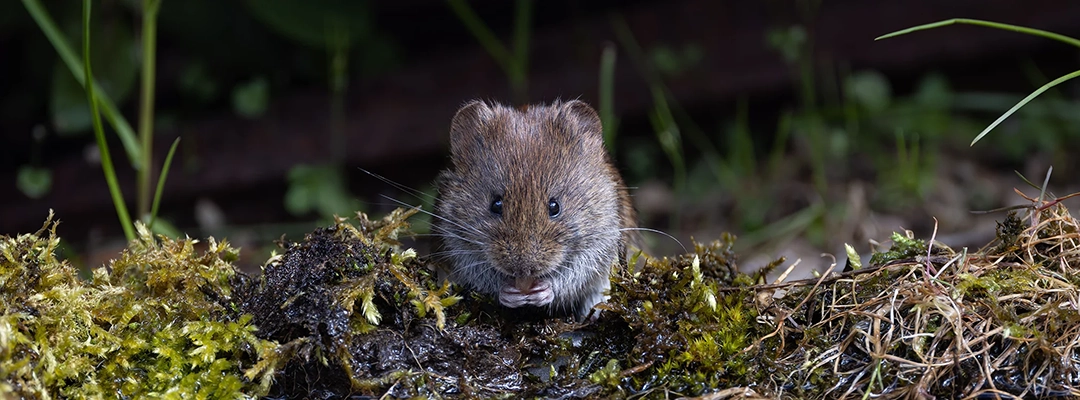There’s a certain thrill in finding the perfect secondhand piece. Maybe it’s a solid oak dresser that just needs new knobs, or a velvet chair with character and history. But every great find has a story, and sometimes that story comes with more than charm. Hidden inside the seams or tucked beneath the cushions, bed bugs could be waiting to join you at home.
In Juneau, where fall brings garage sales, moving season, and end-of-summer cleanouts, it’s easy to stumble across a great deal. Yet as these secondhand treasures circulate through town, they also become one of the most common ways bed bugs spread. Before you load that “bargain” into your car, it’s worth knowing how bed bugs travel, where they hide, and what you can do to keep them from moving in with you.
Why Fall Is Prime Time for Bed Bug Spread
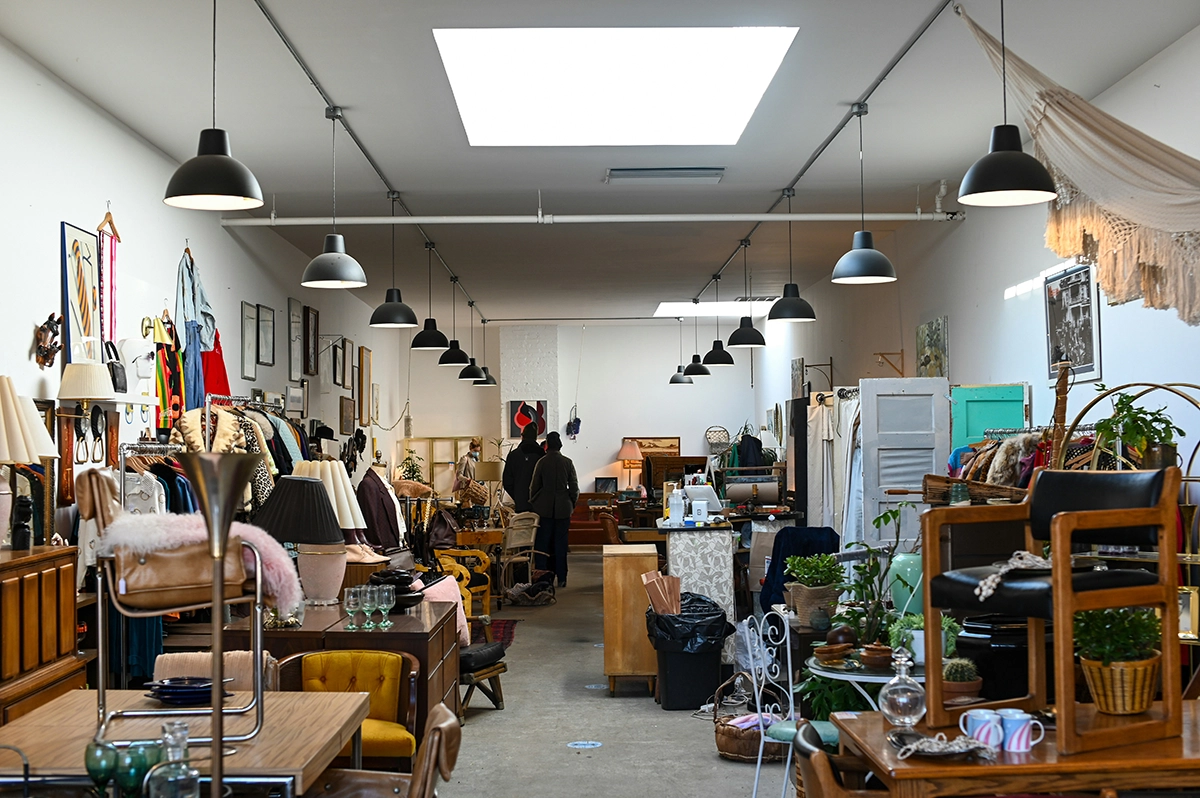
Autumn in Southeast Alaska is a season of transition. People move before winter sets in, clear out storage spaces, and donate or sell used furniture. Unfortunately, this kind of turnover creates the perfect opportunity for bed bugs to spread.
Here’s why:
- More movement means more opportunities to hitchhike. Bed bugs can cling to furniture, boxes, and even clothing during a move.
- Cooler weather drives them indoors. As temperatures drop, pests seek warmth and shelter inside homes and upholstered items.
- Secondhand sales spike. More donated, sold, or discarded furniture means more chances for bed bugs to transfer between households.
Even if the previous owner didn’t realize they had bed bugs, a few surviving insects or eggs can linger inside furniture seams for months. Once those pieces are moved into a warm Juneau home, the bugs become active again
Where Bed Bugs Hide in Furniture
Bed bugs are small, flat-bodied insects roughly the size of an apple seed. They prefer tight, dark spaces close to where people rest. When it comes to furniture, they often hide in:
- Upholstery seams, piping, and folds
- Screw holes, joints, and cracks in wooden frames
- Underneath cushions, zippers, and fabric tags
- Inside drawers and behind drawer tracks
- Between slats or seams of bed frames and headboards
Even a single chair or loveseat can conceal dozens of bugs and eggs. These pests can survive up to a year without feeding, meaning an item that’s been sitting unused in storage isn’t necessarily safe.
What to Look for When Thrifting
Before you buy or bring home any secondhand furniture, take time to inspect it carefully. Here’s what to watch for:
- Dark or Rusty Stains
Small, dark specks that look like pepper flakes are often bed bug droppings. They may appear on fabric seams or the underside of cushions. - Tiny White Eggs or Shells
Bed bug eggs are about 1mm long, roughly the size of a pinhead. You might also find translucent exoskeletons from molted nymphs. - Live Bugs
Look along seams, joints, and zippers. Adult bed bugs are reddish-brown and oval-shaped, while younger ones are pale and harder to spot. - Unusual Smell
A musty or sweet odor similar to almonds or coriander can signal a larger infestation.
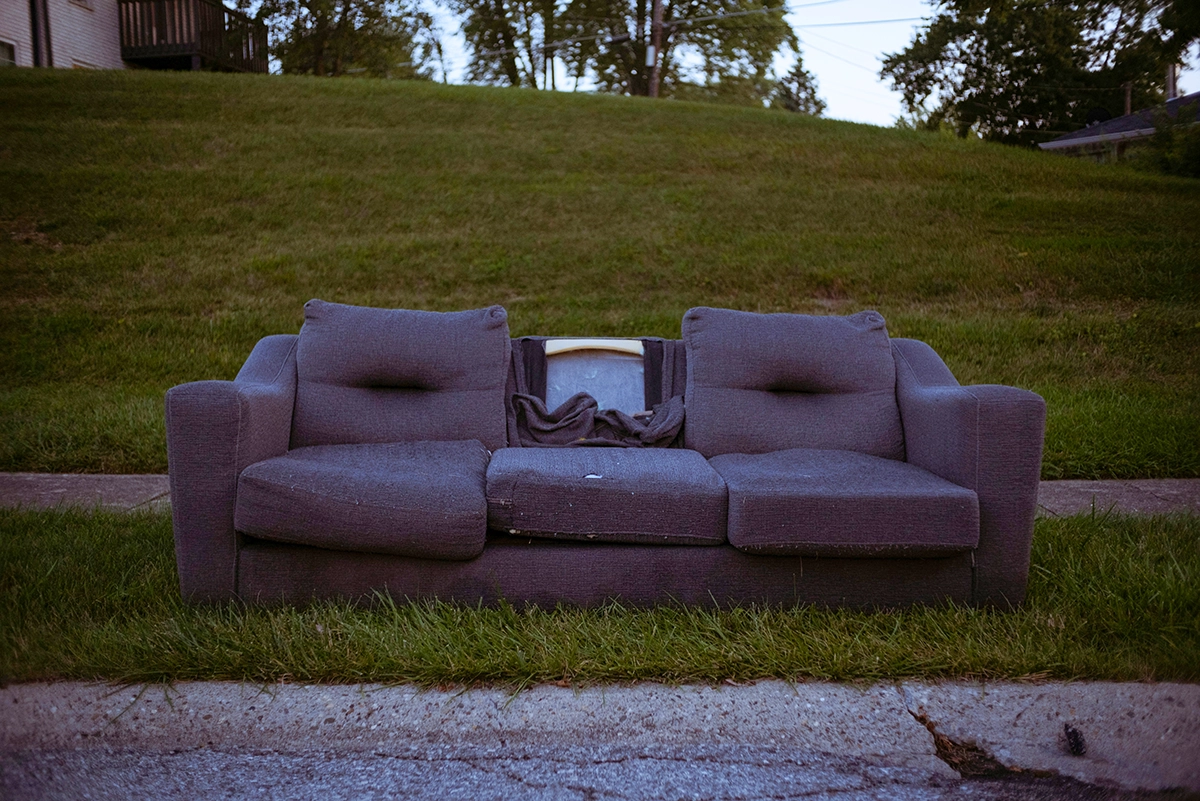
5. Location Clues
Items found curbside, in basements, or from unknown sellers are higher risk than pieces purchased from clean, monitored thrift shops.
When in doubt, don’t buy it. No deal is worth the stress of an infestation.
How to Safely Transport and Quarantine Secondhand Furniture
Even if an item looks spotless, treat it as if it might have bugs until proven otherwise. Follow these steps when transporting and unpacking:
- Wrap Items Securely
Before loading into your vehicle, seal furniture in thick plastic sheeting or garbage bags to prevent any bugs from escaping. - Keep Items Out of Main Living Areas
Unload furniture into a garage, shed, or covered porch first. Avoid bringing anything straight into bedrooms or living spaces. - Inspect Under Bright Light
Use a flashlight to check every seam, crack, and crevice again once you’re home.
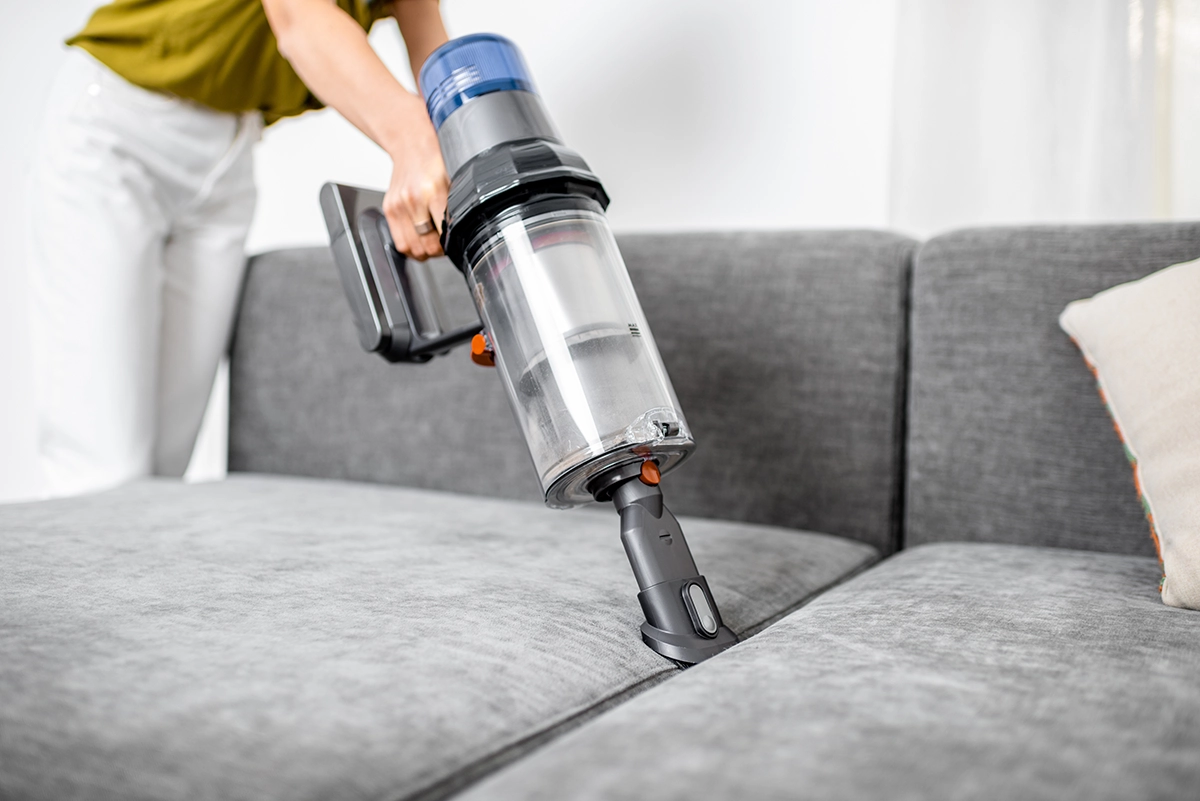
4. Vacuum & Clean Immediately
Vacuum all surfaces, including inside drawers, underneath cushions, and along frames. Dispose of the vacuum contents outside immediately.
5. Heat Treatment
Bed bugs die at temperatures above 120°F. Professional heat treatment can kill both bugs and eggs inside furniture.
6. Isolate Before Use
Keep the item away from other furniture for at least two weeks. Continue inspecting for any signs of activity before placing it permanently in your home.
What Not to Do
- Don’t use bug bombs or DIY sprays. Most store-bought products can’t reach deep inside furniture and may only scatter the bugs.
- Don’t assume “clean” means safe. Bed bugs don’t discriminate between spotless and cluttered homes. They only care about finding a host.
- Don’t delay treatment. Early intervention is key. Waiting even a few weeks can allow a small problem to turn into a major infestation.
When to Call a Professional
If you start noticing itchy bites, small blood spots on your sheets, or visible bugs along furniture seams, it’s time to call in the experts.
At Alaska Pest Management, our technicians use targeted treatments to eliminate bed bugs at every life stage, including eggs. We also perform detailed inspections to ensure the infestation hasn’t spread to other areas of your home.
Professional treatment not only stops an active infestation but also helps prevent reintroduction by identifying where and how the bugs got in.
Tips for Safe and Smart Secondhand Shopping
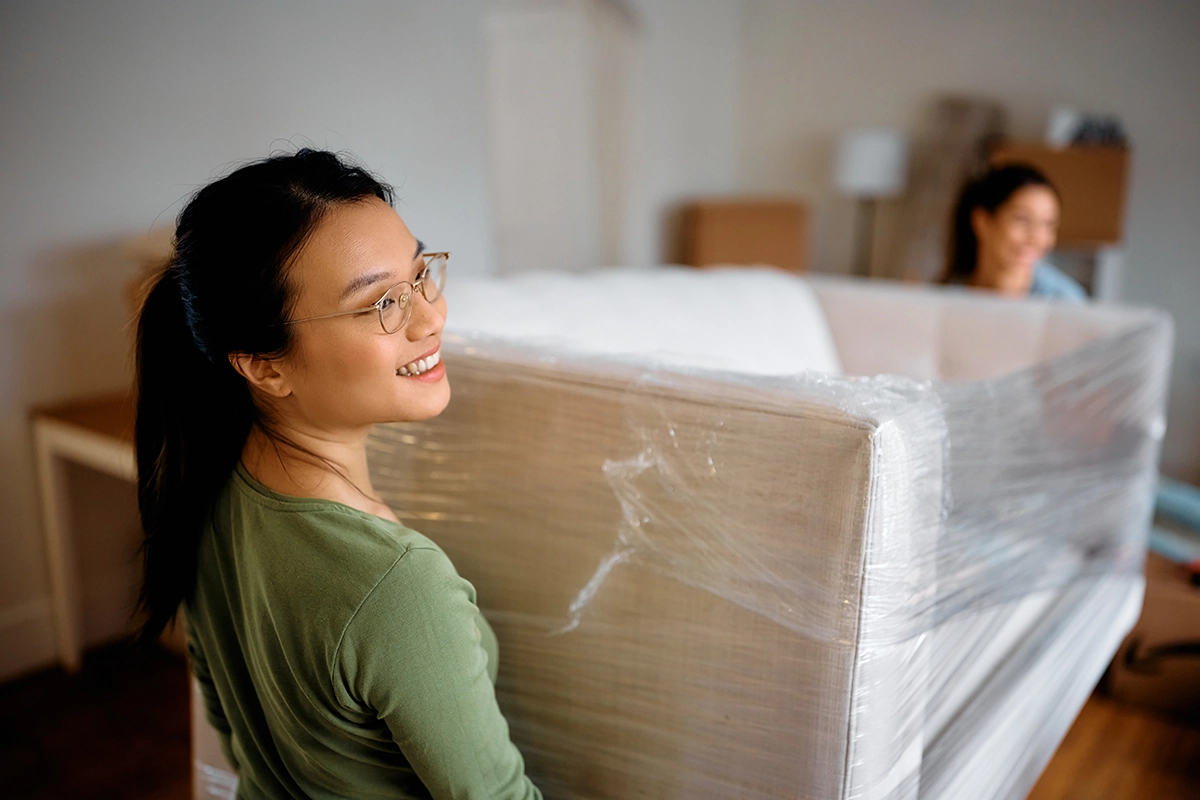
Thrifting in Juneau doesn’t have to mean taking risks. With a few simple precautions, you can continue treasure hunting while keeping your home pest-free.
Smart Thrifting Checklist:
- Inspect items thoroughly under bright light.
- Avoid soft, upholstered items if possible.
- Ask sellers where the furniture came from.
- Keep furniture wrapped during transport.
- Quarantine and clean all pieces before use.
- When in doubt, call Alaska Pest Management for a preventive inspection.
Sustainable, Not Stressful
Buying secondhand is eco-friendly, budget-conscious, and deeply satisfying, but only when you’re careful. In Juneau’s cool, damp climate, bed bugs can survive longer and stay active even when outdoor temperatures drop.
A little caution goes a long way. Before you bring that next “like-new” couch home, take the time to inspect, clean, and isolate it. With these simple habits, you can enjoy the fun of fall thrifting and keep your home bed bug-free all season long.
If you suspect you’ve already brought bed bugs home, contact Alaska Pest Management right away. We’re local, experienced, and ready to protect your home in Juneau with safe, proven solutions.

